I visited my site again for the first week in May, and unfortunately, there had not been much change from the last time I had visited. There were still very minimal signs of spring. None of the tree buds were blooming, and there were still no flowers on the ground. The undergrowth filled in a little bit more since my last trip, but other than that there were not very many differences. It was a little drizzly this trip, but not nearly as bad as last time. The water levels were way down, and the water was clear so that I could see to the bottom. There were a lot of birds around, and I had a very pleasant time.
Nature and culture intertwine in Centennial Woods. My specific site is very close to two trails that are used quite often by people utilizing the woods for recreation and research. The natural areas are a large part of my university experience and a lot of my friends’ experiences. The human usage of centennial woods shows the values and the culture of the people that live near it. Scientific research and recreation.
I am not a part of my place. I do believe that it is possible for a human to become a part of a natural place, but I do not have a deep enough connection with Centennial Woods to consider myself a part of the place. My definition of “being a part of” means that the organism relies on the place to survive, and the place benefits from the organism’s presence. Native Americans used to be, and many still are, a part of the nature that they reside on. While I enjoy visiting Centennial Woods, I would not be extraordinarily negatively affected if it were turned into a parking lot. I would be upset and angry, but I would still have a home, and I would still have a source of food. The animals and plants whose lives would be extraordinarily negatively affected (or ended) by the process are a part of Centennial woods. By my definition, I am not a part of this place.
I enjoyed this project because it allowed me to see the effects of the change of the seasons on the land. Being able to get out into nature as homework was nice. I got to know the details of my spot, but I was still surprised every time I went with the new details that I noticed. I could keep visiting all four years, and I would still discover more about my site on the last visit.


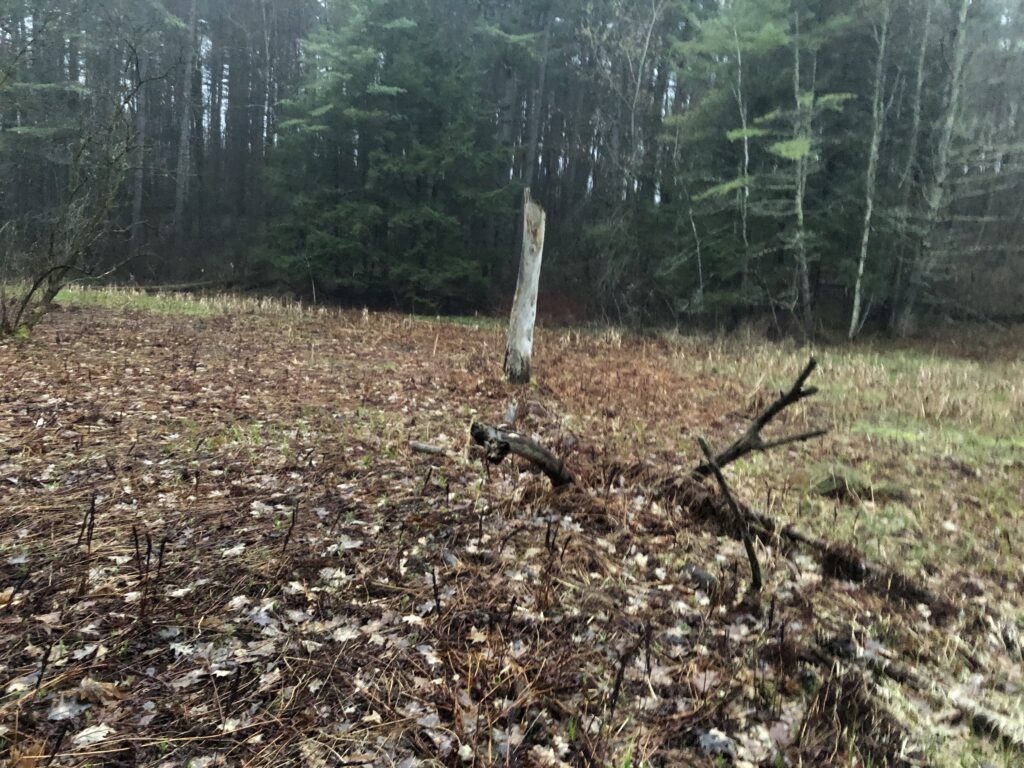




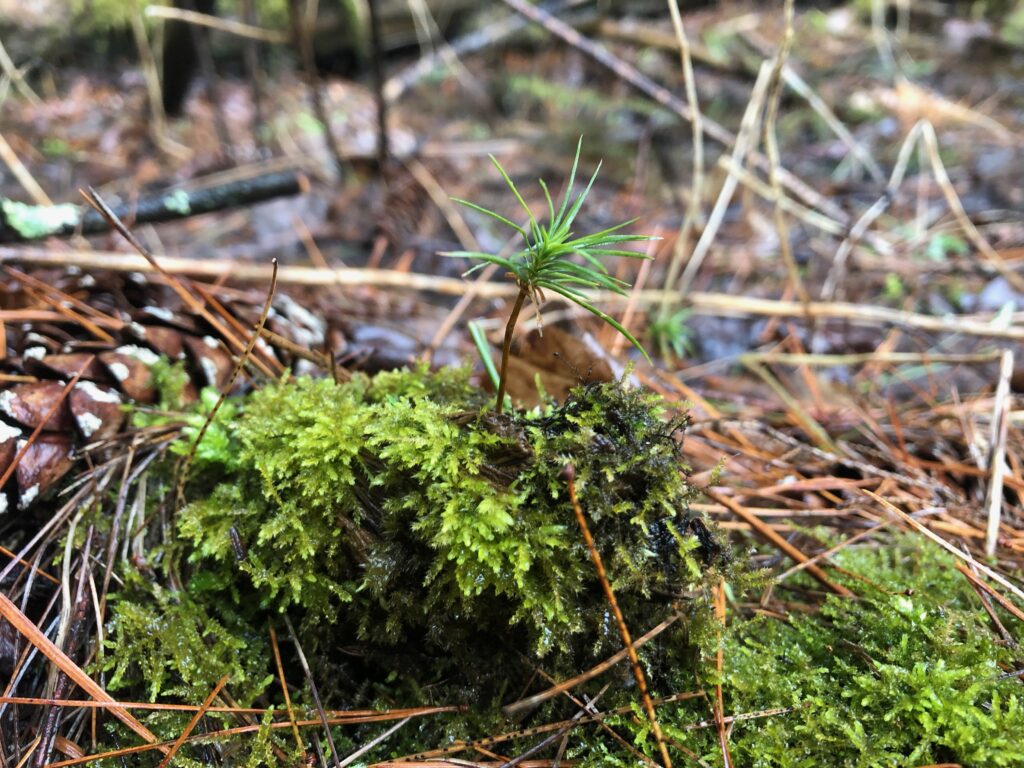

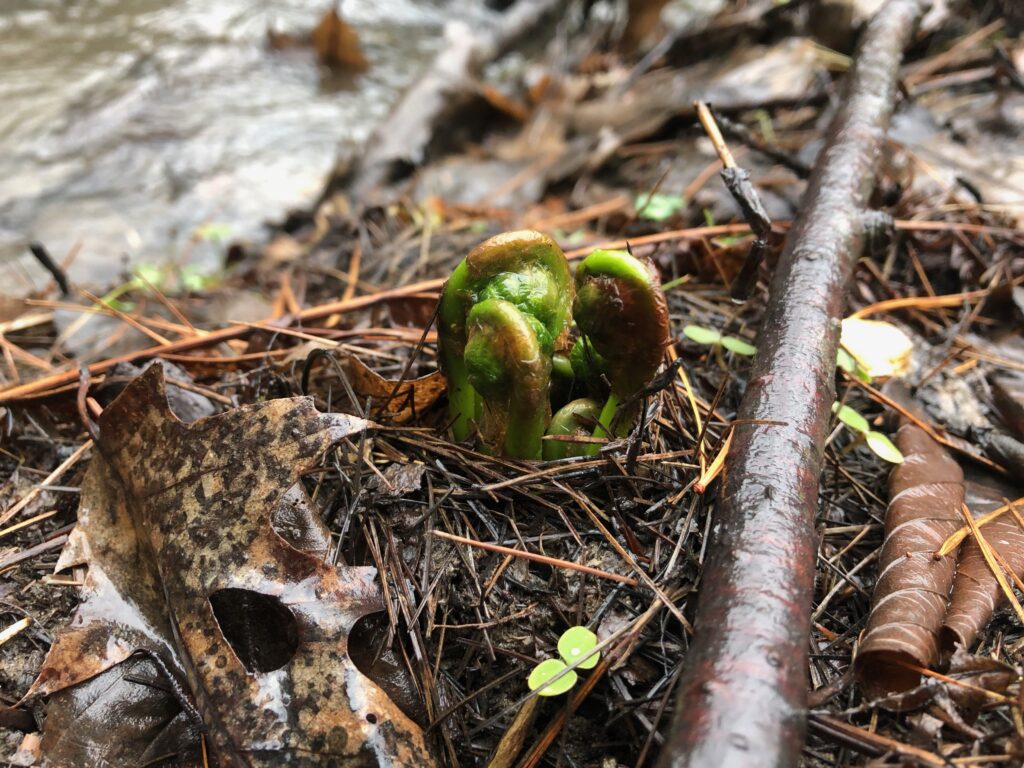
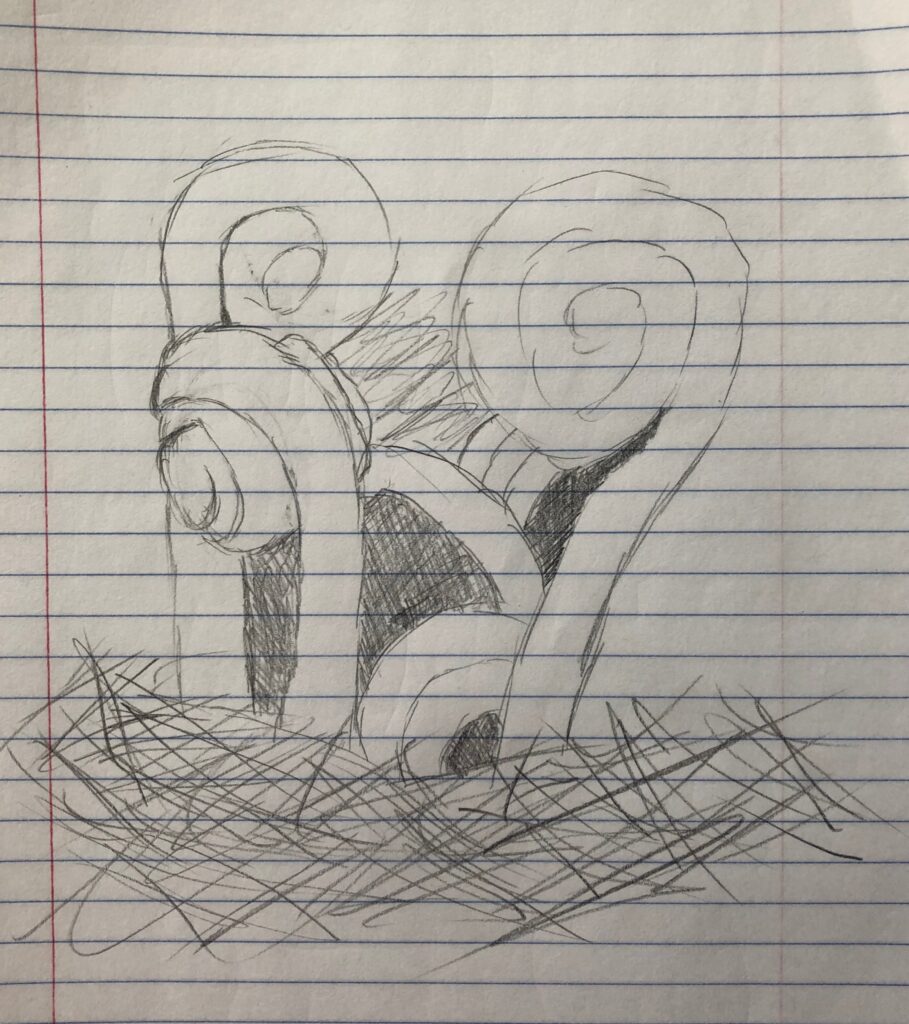

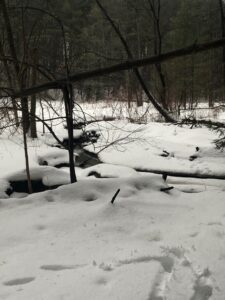
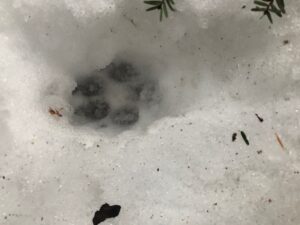
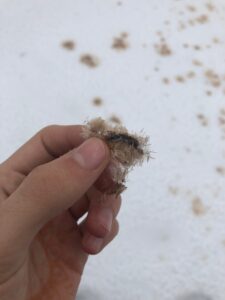
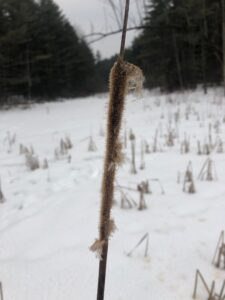
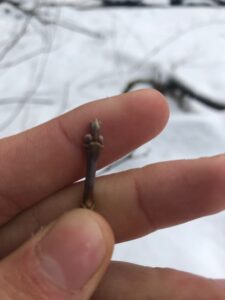
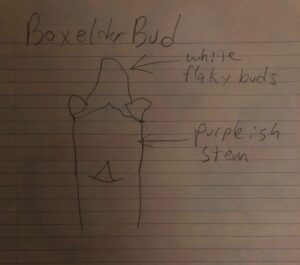

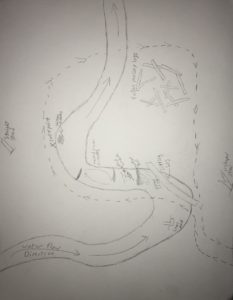
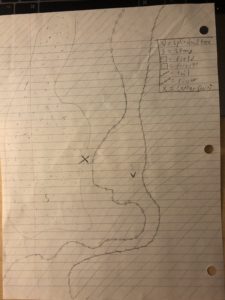

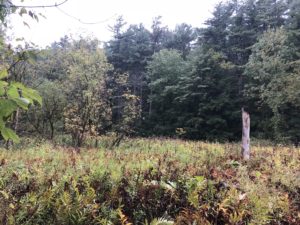
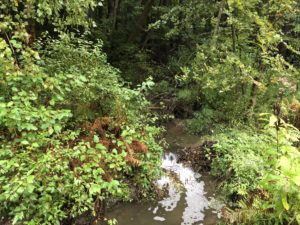
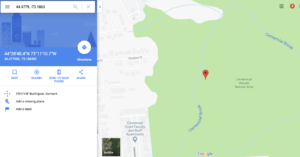
Recent Comments